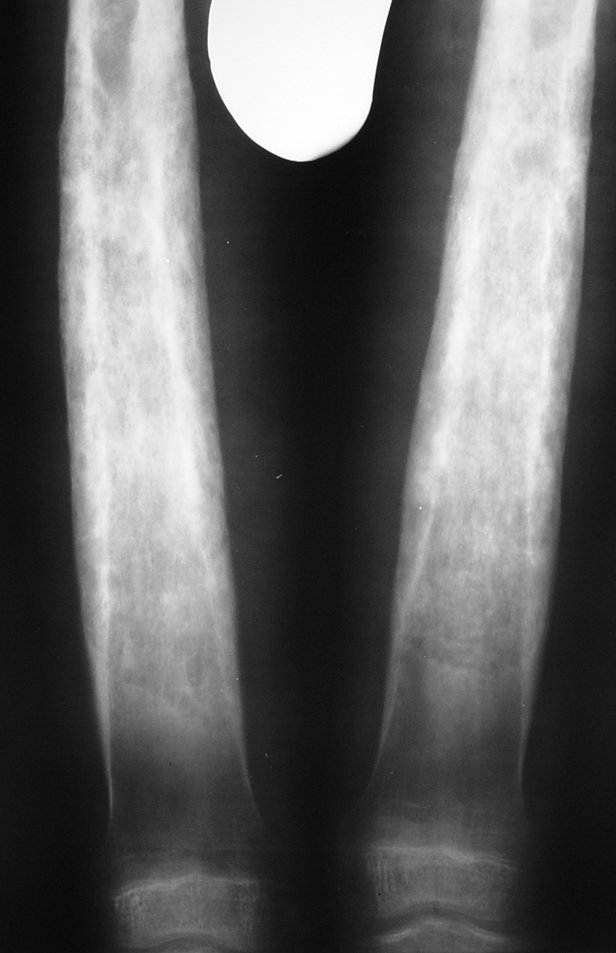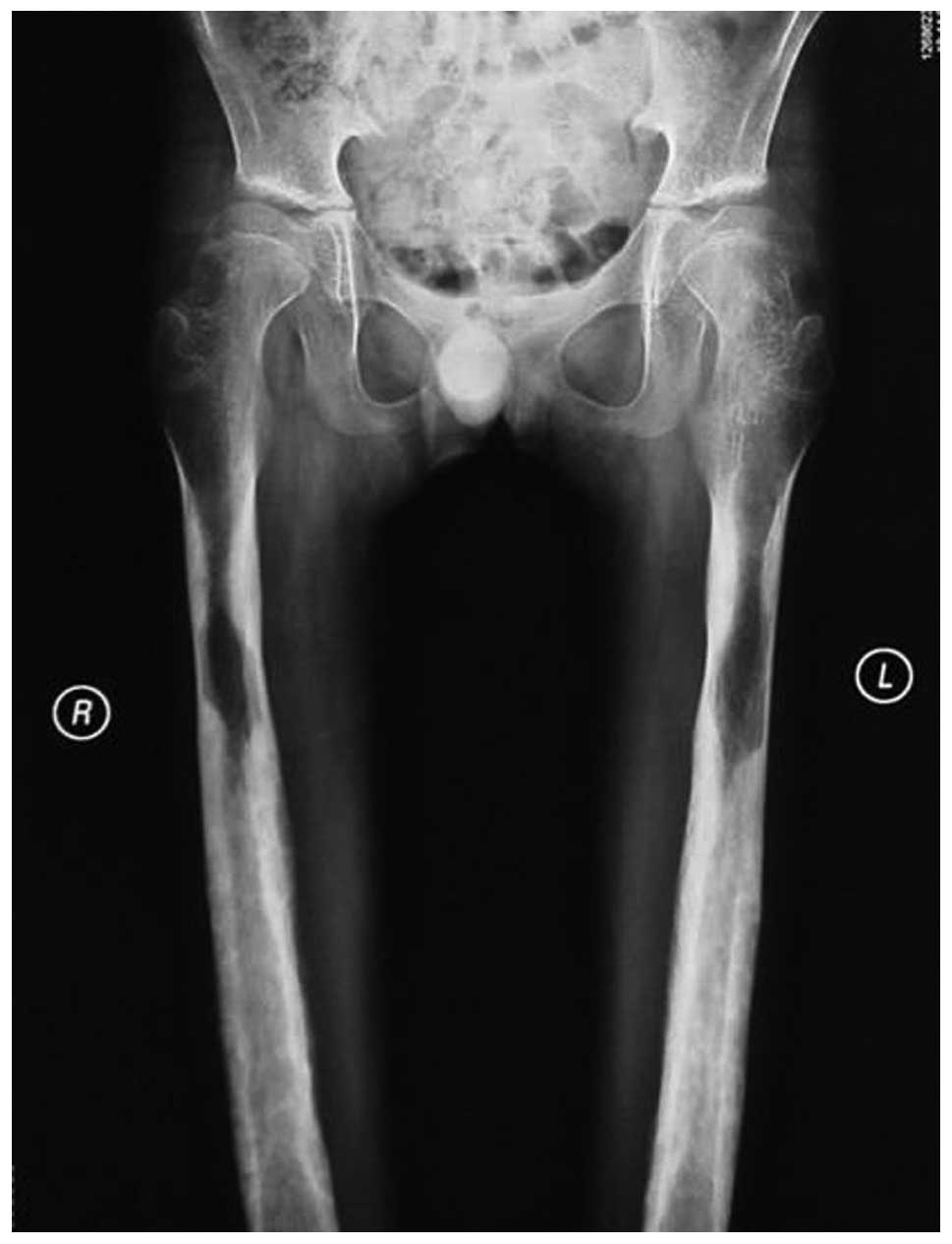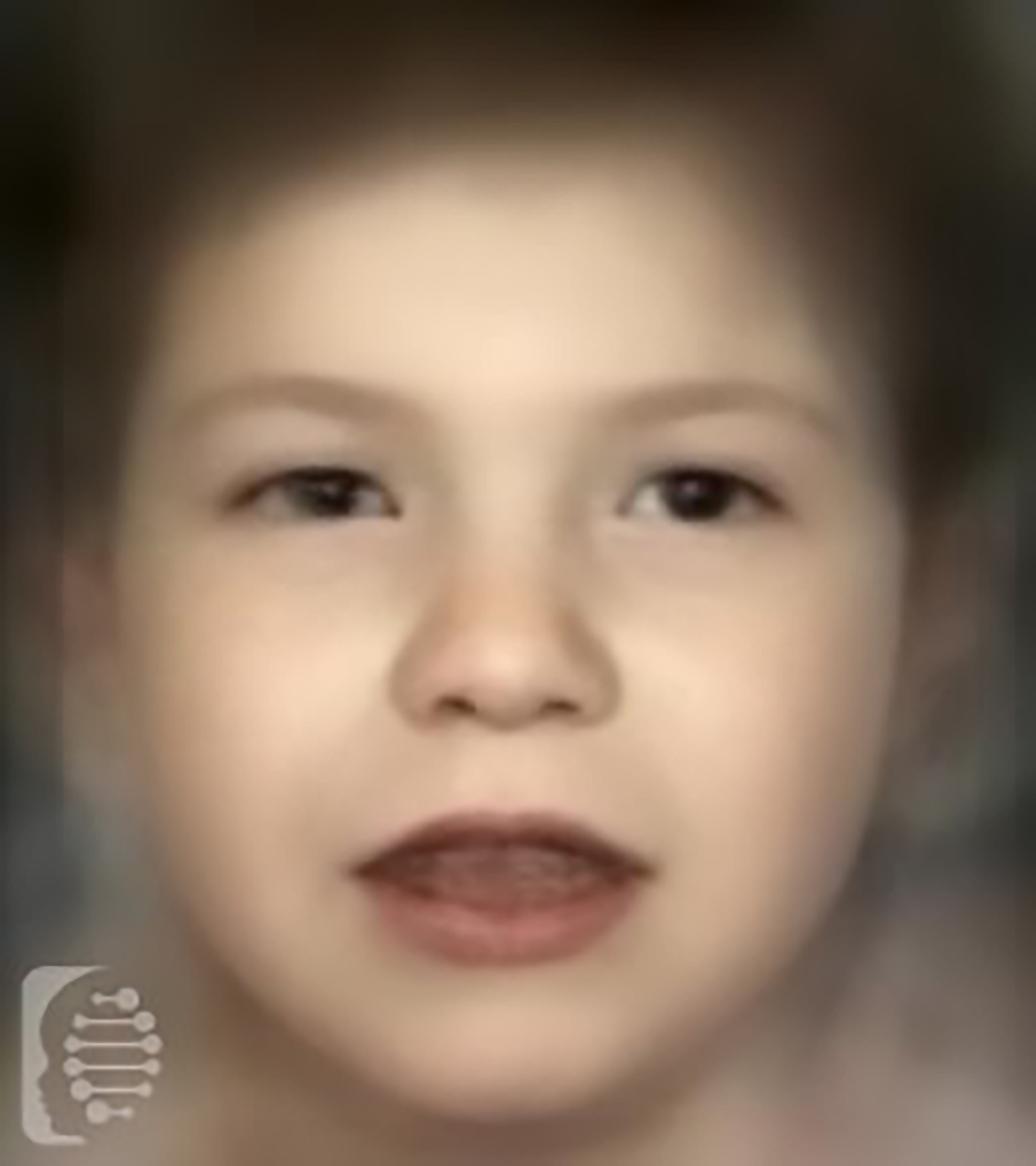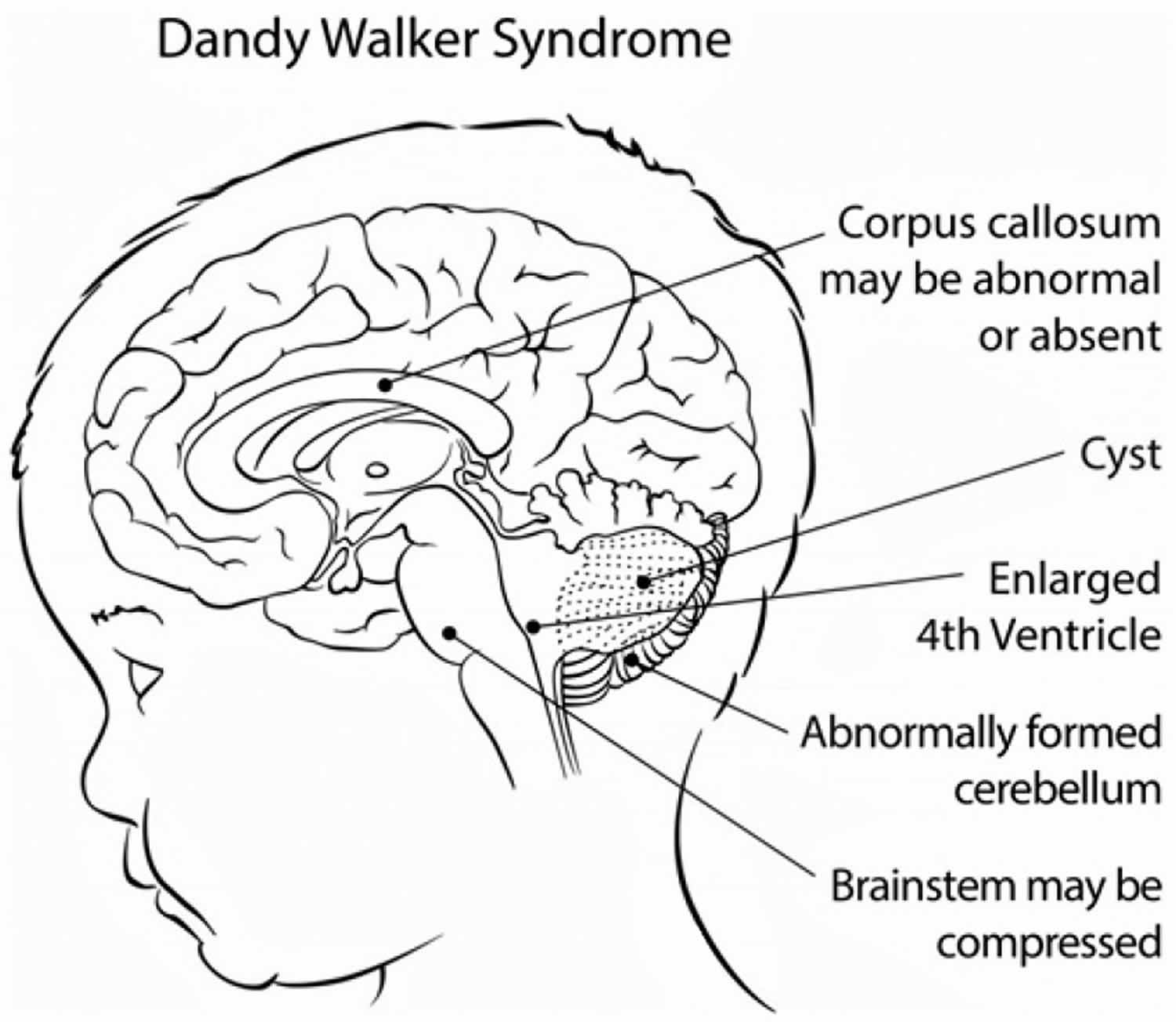Brilliant Tips About What Is Englemanns Syndrome Mens Hairstyle For Asian Hair

It is also known as progressive diaphyseal dysplasia.
What is englemanns syndrome. The facts document is now in its seventh edition. Angelman syndrome is a genetic disorder that primarily affects the nervous system. Your child's healthcare professional may suspect angelman syndrome if your child has developmental delays, talks little or not at all, or has other symptoms.
It is caused by a loss of function of the ube3a gene in the 15th chromosome derived from the mother. Symptoms might include seizures, trouble with movement and balance or a small head size. Features that help define the disorder include:
The thickening of these bones leads to pain, a waddling gait, muscle weakness, and extreme fatigue. Patients typically have heavily thickened bones, especially along the shafts of the long bones (called diaphyseal dysplasia). It is a form of dysplasia.
Tremulousness with jerky movements of the arms and legs and a distinct behavioral pattern. What causes angelman syndrome. Affects about 1 in 10,000 people.
Over the years, it has grown in scope and complexity and It’s caused by issues with a specific gene called ube3a that happens during fetal development. Angelman syndrome (as) is a rare neurological disorder affecting around 1:20,000 births.
However, the ages at which different developmental. It begins in childhood and follows a progressive course. Different genes are located in each chromosome.
Angelman syndrome is a complex genetic disorder that causes developmental and neurological problems, such as severe speech impairment and trouble walking and balancing ( ataxia ). People with angelman syndrome have severe intellectual disability and delayed development, speak very little and often laugh and smile for no apparent reason. Absence or near absence of speech;
The angelman syndrome gene, ube3a, is located at chromosome 15. Angelman syndrome (as) is a rare genetic. Alastair has angelman syndrome, a rare genetic condition that affects the nervous system and causes severe physical and learning disabilities.
Angelman syndrome is a rare genetic condition that affects the nervous system and causes severe physical and learning disabilities. Angelman syndrome is a rare genetic disorder characterized by significant developmental and intellectual disability, movement problems, seizures, sleep irregularities, and an atypically happy demeanor. In some cases, the skull and hip bones are also affected.
Angelman syndrome is a genetic disorder that primarily affects the nervous system. Harry angelman who first reported the syndrome in 1965. Angelman syndrome is a rare and complex neurodevelopmental condition that causes developmental delays, intellectual disabilities, speech impairments and movement issues.






.png)








:max_bytes(150000):strip_icc()/beckwith-wiedemann-syndrome-overview-4178305-5c454b8946e0fb0001411c0f.png)







